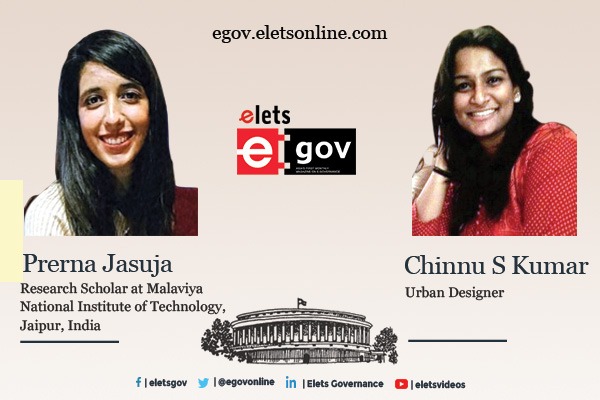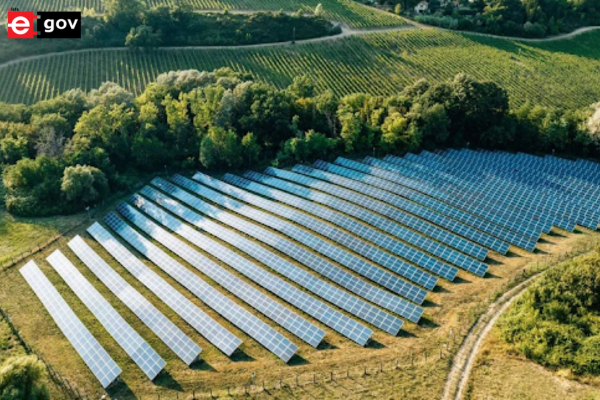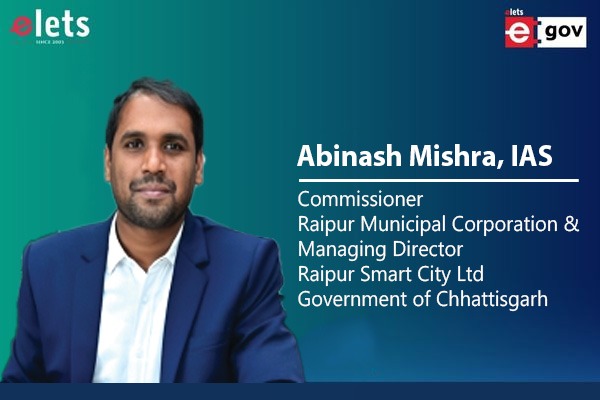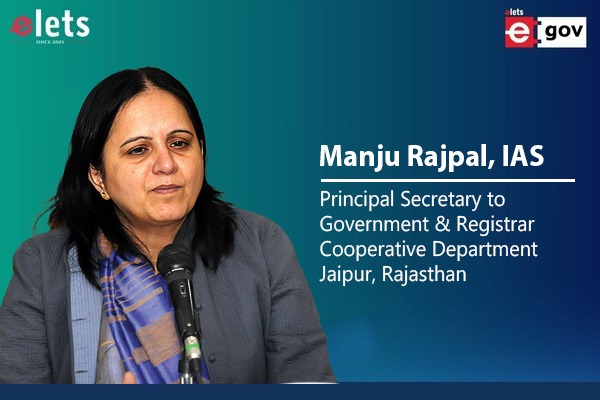
An ecosystem is a complex interconnected network of land, water, and living organisms. These remain susceptible to disturbances caused by land use, land cover, habitat, and water resource system changes with urbanisation and climate change. In such a scenario, adopting approaches that address these intertwined components can help protect the ecosystem and attain sustainability. Integrated water resources management (IWRM) is one such approach, which was introduced back in the late 20th century.
According to Global water partnership, IWRM is defined as “promoting the coordinated development and management of water and related resources for equitable social and economic development without compromising the sustainability of vital ecosystems”¹. IWRM strategy addresses the complexities of water issues and offers improved prospects for enhanced water sharing among users, supporting economic, cultural, and social benefits while maintaining environmental ecosystems. Although the concept does not adequately clarify the integration of many scales, making it hard to operationalise.
Since the introduction of the concept in the 1990s, efforts have focused on “How to achieve it on the ground”?. Goal 6.5 of Sustainable Development Goals (SDG) 2030, put forward by the United Nations, aims to undertake integrated water resources management at all levels, including through transboundary cooperation as appropriate². Since 2015, IWRM has been promoted in India as a modern concept for managing the urban water sector³. In this article, the city of Ajmer is chosen to illustrate the challenges and attempts in this direction.



City Profile
Ajmer city lies in the Rajasthan state of India and is home to a population of about 5.5 lakhs⁴. The city has been taken up under various national policies and schemes such as Smart City Mission 2015, Heritage City Development and Augmentation Yojana Scheme (HRIDAY) 2015, and National Lake Conservation Policy (NLCP) of 2008. The city has a semi-arid climate and is on the trisection of three watersheds: Luni, Bans, and Shekhawati. As depicted in Figure 1, (Figure 1: Ajmer city within Aravali ranges, Source Author) the city has been developed within the Aravali ranges, making it inherently vulnerable to waterlogging and flooding. The city has a series of water bodies connected along the slope, as shown in Figure 2.

Two of the main water bodies, Anasagar lake and Foy Sagar lake, were historic water supply sources for the city⁵. The catchment of Anasagar was subjected to development, but Foysagar’s undeveloped catchment remained protected, as shown in Figure2 (Evolution of the city and the source of water, Source: Author). But with increased water demand, the city relied on a 120 km distant Bisalpur dam. The city currently faces water resource scarcity, flooding, waterlogging, and environmental pollution. This has resulted in dependency on water tankers to meet water demand. The city’s water system has been disrupted by inadequate foresight and implementation in the initial master plan. Simultaneously, waterlogging and flooding occurrences have also been reported within the city. In addition to this, the city’s water supply falls below the Indian norm of 135 LPCD. In the past decade, there have also been reports of water supply once in every two to three days during summer. The city is threatened by groundwater depletion due to a decline in recharge and an increase in withdrawal for industrial and domestic purposes⁷.

Challenges and actions within the city for IWRM
Enabling environment- From the management instruments perspective, Ajmer requires more attention to water systems in land use planning and drainage network mapping. In the case of Ajmer’s growth, the 1971-1991 and 2001-2023 master plans paid insufficient attention to the protection of surface water bodies and streams. In some areas of Anasagar Lake, buildings have been entirely submerged to be inaccessible. However, the current master plans have envisioned protecting the rest of the water bodies with adequate buffers. The enforcement remains a question.
The issue gets further aggravated by the private ownership of the land beneath water bodies and the encroachment of streams. The legal ownership of land under water bodies is a must. Badi Nadi, one of the streams that connected the city’s lakes, has been severely encroached upon by multi-storey structures and altered its course. There have been attempts to restore the paths of the stream. The Anasagar lake is home to aquatic life and a large variety of migratory birds that visit annually. Due to a lack of wastewater infrastructure, water quality in the past two decades has been a serious concern, leading to the loss of fish and birds. Infrastructure improvements have been made, and lake water quality has vastly improved.
Also Read | Integrated Water Resources Management
As illustrated in Figure 3 (Park developed under the Smart City mission, Source Author), this has resulted in an increase in birds around the lake. Efforts have been made under the smart city objective to transform it into a well- developed leisure space by constructing pathways and bird parks around the lake, as demonstrated in Figure 4. The approach immediately enhanced the image of the city and generated social benefits. However, the city’s stormwater system requires significant work. Though the first and second-generation master plans highlight the need for adequate wastewater and solid waste infrastructure for the city, they were not implemented because of a lack of funds. The financial constraints can delay the achievement of SDG 6.5 by 2030.

Institutional arrangement- Water- related policies and vision require strengthening within the city. In the Indian scenario, multiple institutes look into water management aspects of the city. For instance, in Ajmer, the Public Health and Engineering Department (PHED) looks after the water supply, wastewater management, and stormwater management is under the domain of Nagar Nigam, and urban planning is under the purview of Ajmer development authority. So, to curtail freshwater demand with treated wastewater, PHED and Nagar Nigam coordination is required. Simultaneously for self-sufficiency of water within the city, green spaces for recharge after geotechnical investigation are to be initiated within urban plans. Horizontal coordination of multiple institutions is inevitable to achieve IWRM within the city. The new targets in the context of the city needs to be redefined, particularly for stepped water pricing and groundwater extraction.

Management instruments- There have been efforts to scale up IWRM within the city by Global water partnership 8 through capacity building and awareness campaigns. The project demonstrated how efficient waste management could support the revival of natural drainage systems and improve natural resource management8. The city does not have an assembled database of water-related information. The sensitisation programs and campaigns under the Smart City mission have improved the social constraint of connection to wastewater infrastructure within the city.
Conclusion
In addition, IWRM is a continual, time-consuming process that incorporates decision-making and scientific research to attain future goals. In order to reach this objective by 2030, city-specific studies are required. The aspects can be entirely fulfilled with capacity building of urban local bodies, societal awareness, and financial resources. In this water-scarce region, it is high time for a detailed sustainable strategy to realise IWRM. In addition, it is vital to establish a robust communication channel between organisations and local communities to provide social initiative and assurance in support of IWRM implementation.
Views expressed by – Prerna Jasuja, Research Scholar at Malaviya National Institute of Technology, Jaipur, India & Chinnu S Kumar, Urban Designer.
References
1. Global Water partnership. About IWRM. https://www.gwp.org/en/gwp-SAS/ABOUT- GWP-SAS/WHY/About-IWRM/
2. UN. SDG 6 Clean water and Sanitation. https://www.globalgoals.org/goals/6-clean- water-and-sanitation/
3. Victor R Shinde, Rahul Sachdeva, Guy Broucke, Neha Midha. A Qualitative Framework to Evaluate the Extent of Integrated Urban Water Management in Indian Cities & Applying the Framework to Delhi. 2021;(February).
4. Census. Ajmer City Population 2011 – 2022. Published 2011. https://www. census2011.co.in/census/city/82-ajmer.html
5. PHED. Water Sources for Ajmer City
Presentation.; 2019.
6. Pandey DN, Gopal B, Sharma KC, et al. Evidence ‐ Based Holistic Restoration of Lake Anasagar, Ajmer, Rajasthan, India.; 2013.
7. CGWB. Groundwater Scenario: Ajmer District.; 2008.
8. News line India Water partnership Integrated Urban Water Management Planning and Implementation in Ajmer, Rajasthan. Published online 2018.
9. PHED. Water Resources of Ajmer City.;
2019.
10. Sarda BD. Historical and Descriptive
Ajmer.; 1880.
11. Price Water Coopers. City Development Plan Ajmer. 2009;10(2):1-20.
12. Ajmer Development Authority. Ajmer Master Plan 1971-1991.; 1971.
13. Ajmer Development Authority. Master Development Plan Ajmer 2013-2033.; 2013.
14. Ajmer Development Authority. Ajmer Master Plan 2001-2023.; 2001.
Be a part of Elets Collaborative Initiatives. Join Us for Upcoming Events and explore business opportunities. Like us on Facebook , connect with us on LinkedIn and follow us on Twitter, Instagram.
"Exciting news! Elets technomedia is now on WhatsApp Channels Subscribe today by clicking the link and stay updated with the latest insights!" Click here!













